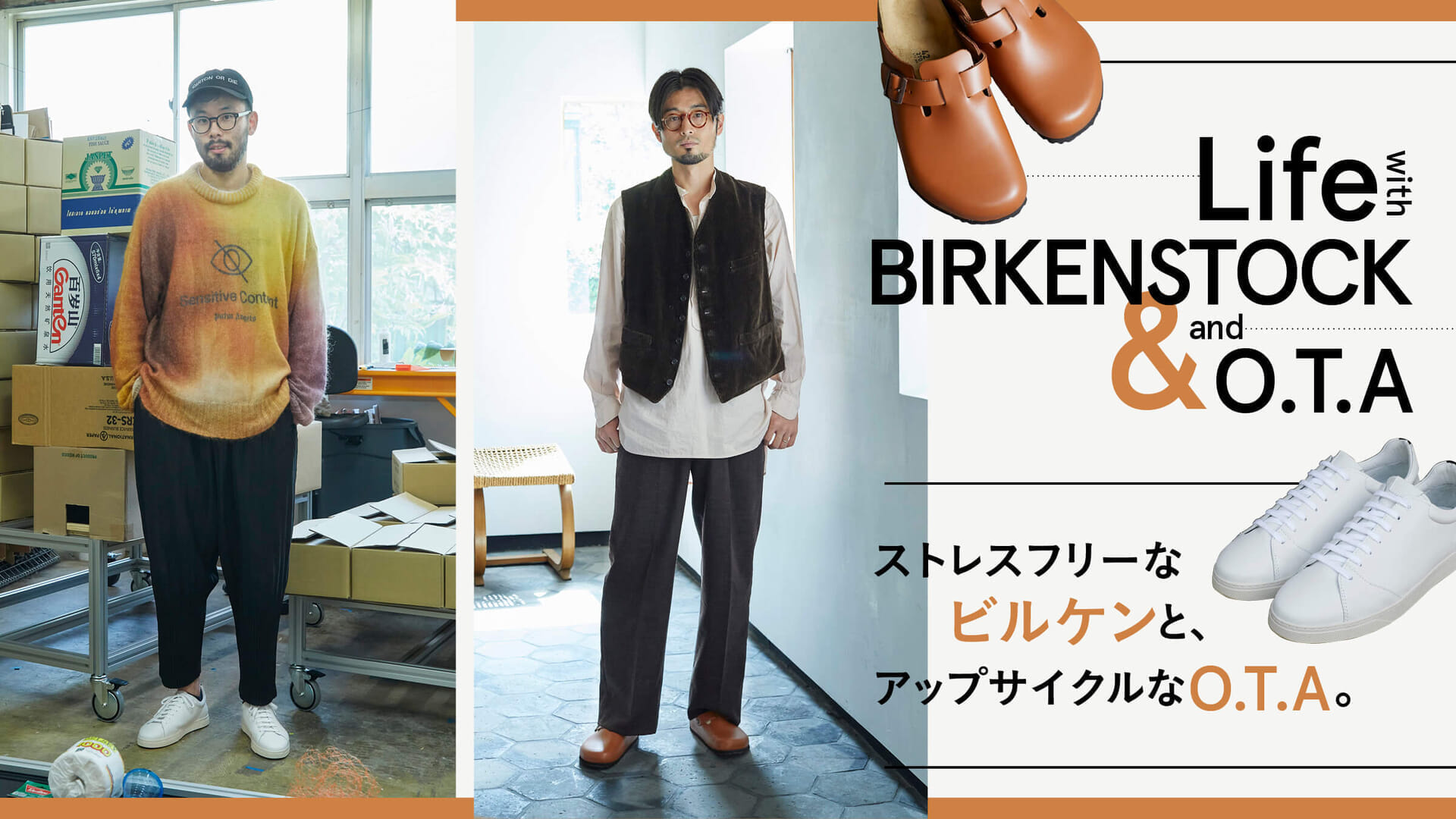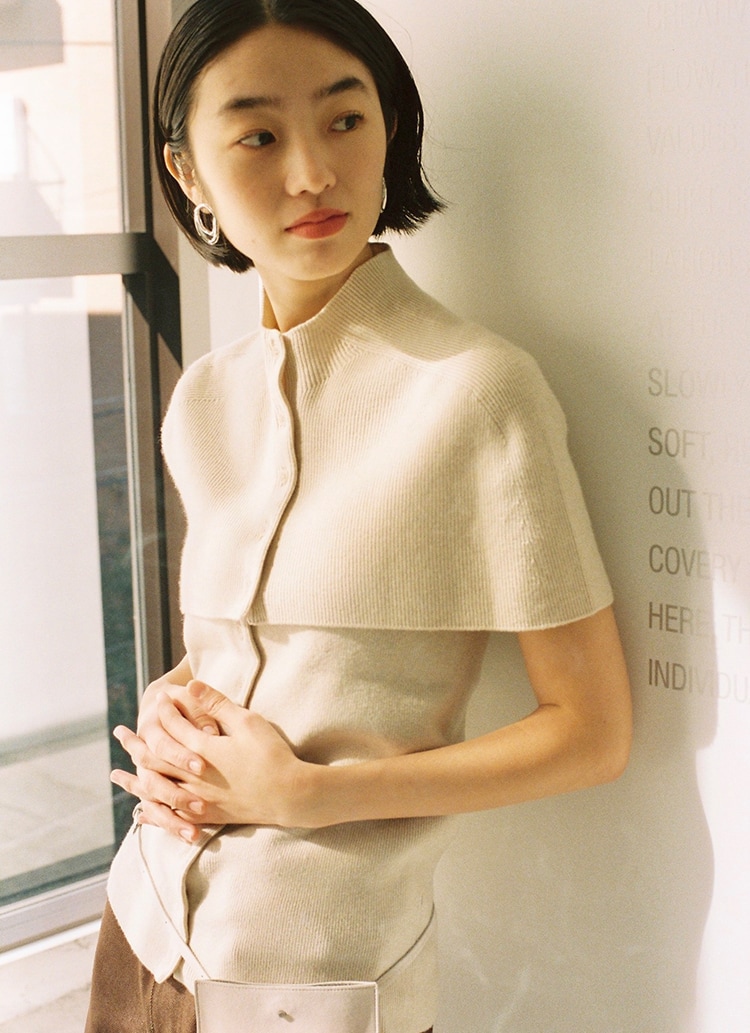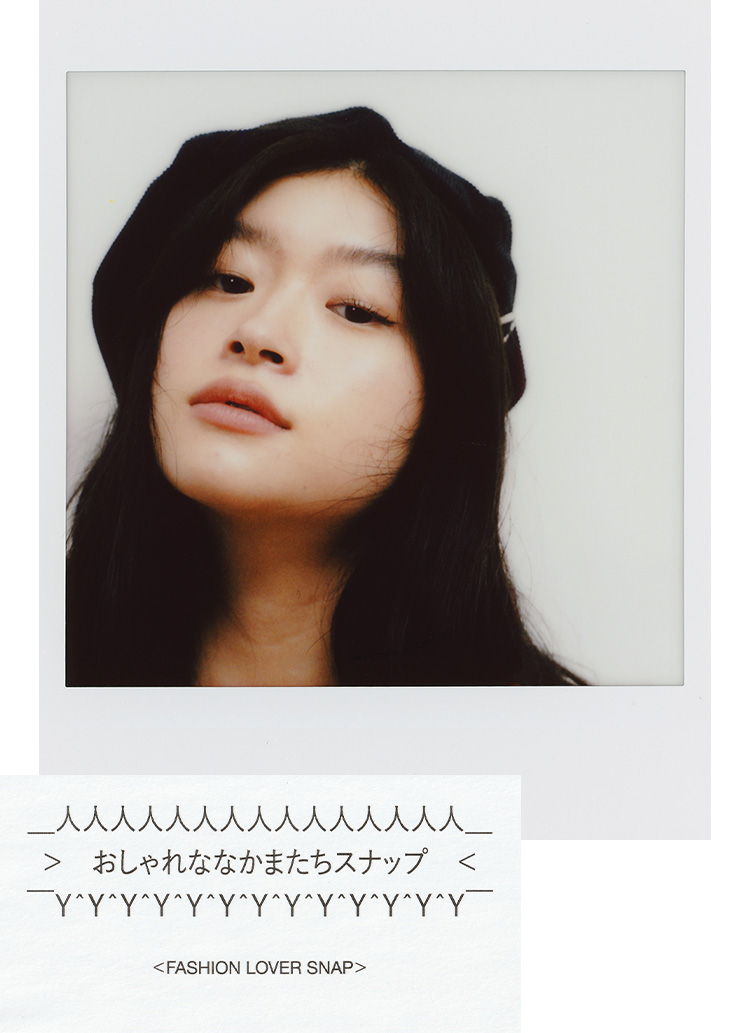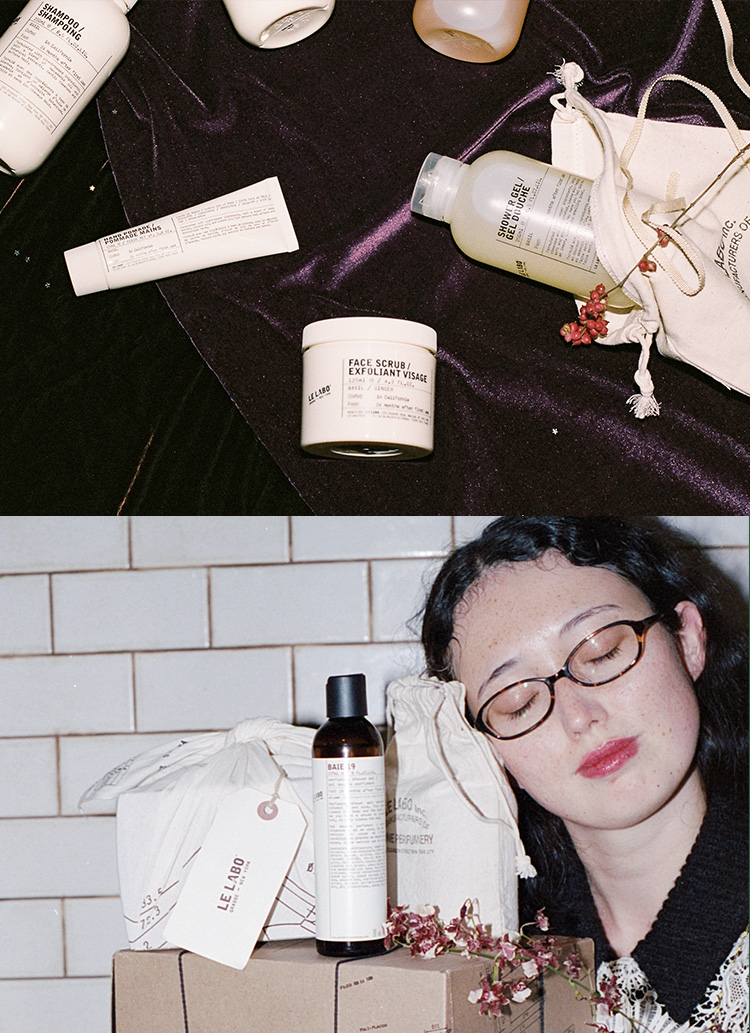O.T.A with Fuyuki Shimazu Tires fit shoes because they are designed to move over the ground.
PROFILE

After graduating from Tama Art University and working at an advertising agency before becoming an artist, he made a makeshift wallet out of cardboard he found at home while still a college student in 2009, and became fascinated by its appeal. In 2018, the documentary film "Traveling Cardboard" (Director: Ryusuke Okajima / Distributor: Pictures Depot) was released. He is the author of "Cardboard is Takaramono: Chance Upcycle" (Kashiwa Shobo) and "How to Make a Cardboard Wallet" (Boutique-sha).
. While you make wallets and card cases out of corrugated fiberboard, at the root of all this is your desire to convey the appeal of corrugated fiberboard, isn't that right?


Shimazu:Yes . . cardboard boxes that fall out are things that have been used, aren't they? Some of them come from overseas, and in the process they get stickers on them, scratched, or dirty. There is a story behind it. Even before that, there were people who designed the packaging for the boxes, and in some cases, they worked with passion. It is kind of sad that such stories and thoughts are thrown away without being taken into account. That's what I wanted to do, and that's why I shot the documentary film.
. "Traveling Cardboard. There was a scene in which the family of the person who designed the cardboard boxes cried with joy because their feelings were rewarded by Mr. Shimazu's activities.
Shimazu:After all, there are people who design with such thoughts in mind.
. I think it is rare for people to think about the background behind the creation of such cardboard.
Shimazu:There are cases where farmers design their own designs for shipping their produce, not necessarily with a designer. . Nevertheless, it is important to have that kind of thought.

Do you always like to explore the background of production?
Shimazu:When I was a kid, I was addicted to picking up shellfish, not only to picking them up, but also to looking them up in illustrated books to find out what kind of shellfish they were, where they lived, and what kind of ecology they had.
So it's the story of the shells.
Shimazu:Yes, that's right. Looking back, that was my starting point. After that, I became interested in mushrooms and plants, and each time I delved deeper. There is the fun and pleasure of discovering and knowing things by myself.

. There are many companies and many cardboard boxes in the world. . It's a pretty big world, isn't it?
Shimazu:. maybe. But no one is interested in cardboard, right? That's why there are no illustrated books. So, it's a pleasure to explore the world of cardboard. I have no idea what is out there.


. You then take the cardboard boxes you have collected and reborn them as wallets. I think this is what makes Shimazu-san's activities so interesting.
Shimazu:Cardboard is supposed to be recycled. Therefore, what I am doing is disrupting that cycle, even if it is only a small part of it. Therefore, I avoided using the words "upcycling" and "sustainable," and I didn't think I was in a position to do so. . It is more important to enjoy what we do, and if it ends up being useful to society and people, then it is good.

Shimazu:In my case, I think it is about making people aware of the value of things. For me, cardboard boxes have already become valuable in themselves, and even things that would otherwise be thrown away are treasures to me. So, I would be happy if people realize that any object has such potential.











